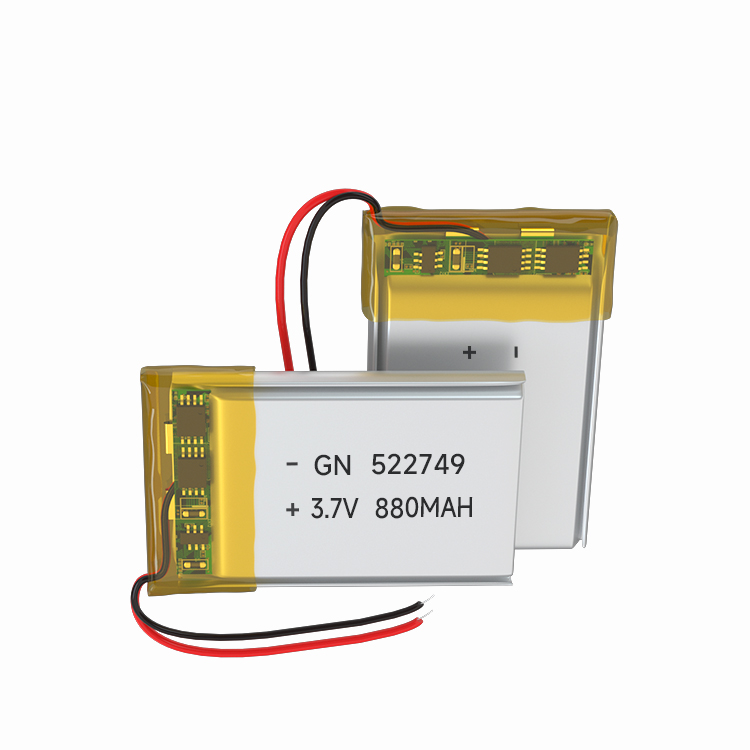

Nickel metal hydride battery technical training provided to you by electronic enthusiasts: Nickel metal hydride battery performance and technical requirements, Nickel metal hydride battery technical training: Nickel metal hydride battery performance and technical requirements Nickel metal hydride battery is composed of hydrogen storage alloy negative electrode, nickel positive electrode, hydroxide Rechargeable battery composed of potassium electrolyte and separator, which is combined with nickel-cadmium battery
Ni-MH battery technical training: Ni-MH battery performance and technical requirements
Nickel metal hydride battery is a rechargeable battery composed of hydrogen storage alloy negative electrode, nickel positive electrode, potassium hydroxide electrolyte and separator. The essential difference between it and nickel-cadmium battery lies in the negative electrode material. The voltage of this battery is exactly the same as the nickel-cadmium battery, which is 12 volts. It can be used directly on equipment using nickel-cadmium batteries. The idea of nickel-metal hydride batteries began to be mentioned in the 1970s, a large amount of research was concentrated in the 1990s, and industrial production began in the early years of the last decade of the 20th century. The hydrogen storage alloy used as the negative electrode material is an alloy formed of two metals, A and B. The A metal (La, TI, Zr, etc.) can absorb a large amount of hydrogen to form a stable hydride. B metal (Ni, Co, Fe, Mn, etc.) cannot form stable hydride, but hydrogen can easily move in it. In other words, metal A controls the amount of hydrogen absorbed, while metal B controls the reversibility of absorbing and releasing hydrogen. According to the crystal structure of the alloy, hydrogen storage alloys can be divided into AB5 type, AB2 type, AB type, solid solution type, etc. Among them, the AB5 type alloy mainly uses rare earth metals. AB5 type hydrogen storage alloy is mainly composed of copper, lanthanum and nickel, with a small amount of aluminum, manganese, cobalt, etc. added. Not all hydrogen storage alloys can be used as negative electrode materials for nickel-metal hydride batteries. Japan's production of nickel metal hydride batteries mainly uses rare earth metals and mixed rare earth metals as negative electrodes. The batteries produced account for more than 90% of the world's battery production. The United States mainly uses titanium-silver-based alloys as negative electrodes, and the batteries produced account for about 90% of the world's nickel metal hydride batteries. It accounts for 5% of the world's production, and the production companies include Offenick and Duracele.
1. Advantages of Nickel Metal Hydride Batteries.
Ni-MH batteries have the characteristics of high energy density, high power density, fast charge and discharge, long cycle life, no memory effect, no pollution, easy to maintain, and safe to use. They are called green batteries. Compared with nickel pot batteries, this kind of battery has generally higher performance indicators than nickel-cadmium batteries; the specific energy of Ni-MH batteries is 1.5-2 times that of nickel-cadmium batteries. During current charging and discharging, there is no memory effect, good low-temperature characteristics, and overall performance is better than that of nickel-cadmium batteries. At the same time, the disposal of waste nickel-cadmium batteries is complicated. In today's world of energy shortages and serious environmental pollution, Ni-MH batteries show broad application prospects. . Because the nickel electrode is exactly the same as the nickel-cadmium battery, any electrical appliance that can use nickel-cadmium batteries can use nickel metal hydride batteries; it is non-toxic, environmentally friendly and has better overall performance than nickel-cadmium batteries, and it is not as high as lithium Batteries are prone to explosion when exposed to moisture. Therefore, the production development rate in the past five years has been much higher than that of nickel-cadmium batteries.
2. Current status of nickel metal hydride batteries
The same thing between nickel metal hydride batteries and nickel cadmium batteries is that the voltage is the same. The difference is that the self-discharge rate is approx. Other performance indicators range from high to low, some are higher than nickel-cadmium batteries, and some are lower than lithium-ion batteries. Table 1 details the current performance level of Japanese nickel metal hydride batteries.
Current performance level of small hydrogen storage batteries in Japan
Performance Parameters Cadmium/Nickel Battery Nickel Metal Hydride Battery
Discharge voltage (V)1.—1.01.2—1.0
Weight specific energy (WH/Kg) 50-6060-80
Volume specific energy (WH/|)140-180240-300
Price($/time)0.060.1
Energy price ($/WH)0.3O.4
Low temperature performance (-2O degrees, discharge%) 5O5O
Self-discharge (%/month) 1520
Fast charging (rate C) 43-20
Power density (W/I)1OOO1OOO
Working temperature (degrees Celsius) -4O—45-40—45
Service life (years) 4-84-8
Charge control limit (V)1.41.4
Discharge control voltage (V) critical 0.8 critical 0.8

Popular recommendation
AAA NiMH batteries.Principle and technology of nickel-cadmium battery
2023-10-09CR1625 battery.LG successfully developed the world's most efficient solar energy storage battery wit
2023-10-08Which is better, lithium battery or lead-acid battery?
2022-11-18aaa alkaline battery!Online double conversion UPS power supply working mode and technical status
2023-10-08polymer lithium battery.The latest research progress on nickel-cobalt-manganese ternary materials fo
2023-10-09LR521 battery!How to solve the protection obstacles of 3842 circuit
2023-10-08402030 lipo battery.What are the key technologies for high-temperature nickel-metal hydride batterie
2023-10-08AG2 battery!Introduction to new solar power system power generation technology
2023-10-083.7v 2200mah 18650 lithium battery.Analysis of key points of 18650 lithium-ion battery PACK process
2023-10-0918650 battery 3.7v 1800mah.Are fast charging and slow charging of lithium-ion batteries the same on
2023-10-08CR927 battery.Analyze whether OEMs should enter the lithium-ion battery industry from the four dimen
2023-10-08LR754 battery.Battery overcharge and over-discharge protection circuit
2023-10-14